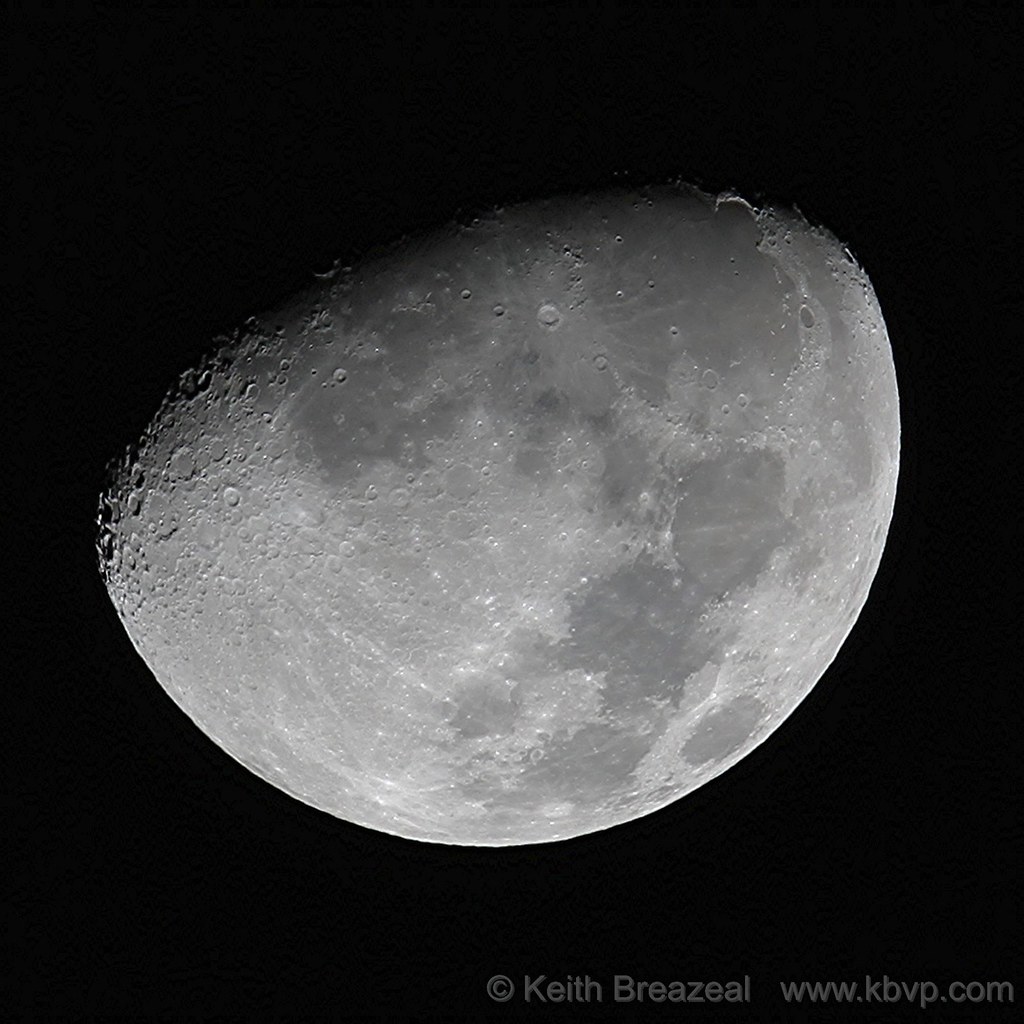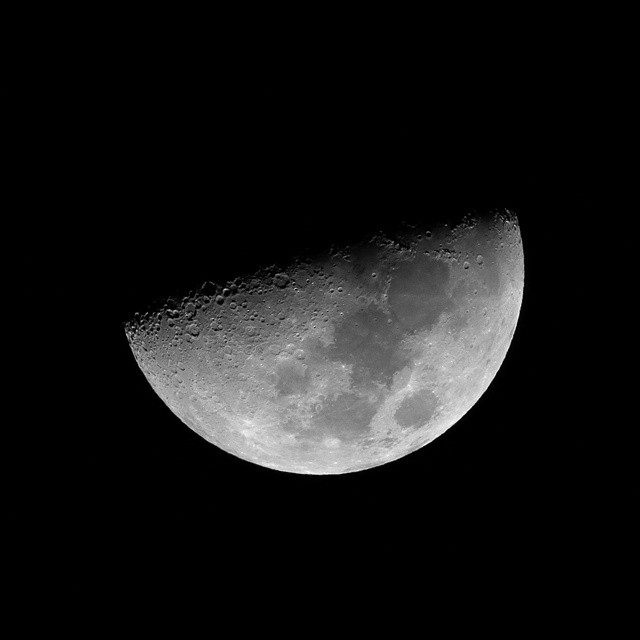I don't think IS causes problems in this situation, since the exposures are so short. On the contrary, I think IS could even be helpful, to reduce residual vibrations from shutter/mirror. Probably not much with a good tripod, but at least not hurtful. For longer exposures (>1 sec), the matters are different, since the IS image tends to drift around on those timescales. In astrophotography, these longer exposuse times are commonly used, which is why I think many associate astrophotography with no IS, but as I said, it does not strictly valid for shorter exposures.AlanF said:There are now several posts that you get sharper images on the old 100-400 and now the new 100-400 II with IS turned off. Is that true for just these lenses or for all lenses? Why does IS cause problems? Does using a tripod cause the problems (I thought the newer lenses detected they were on a tripod)?
Upvote
0




